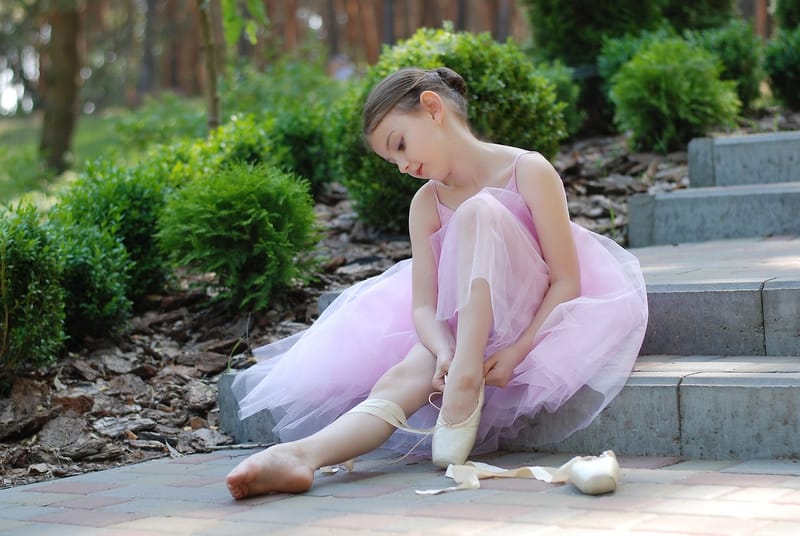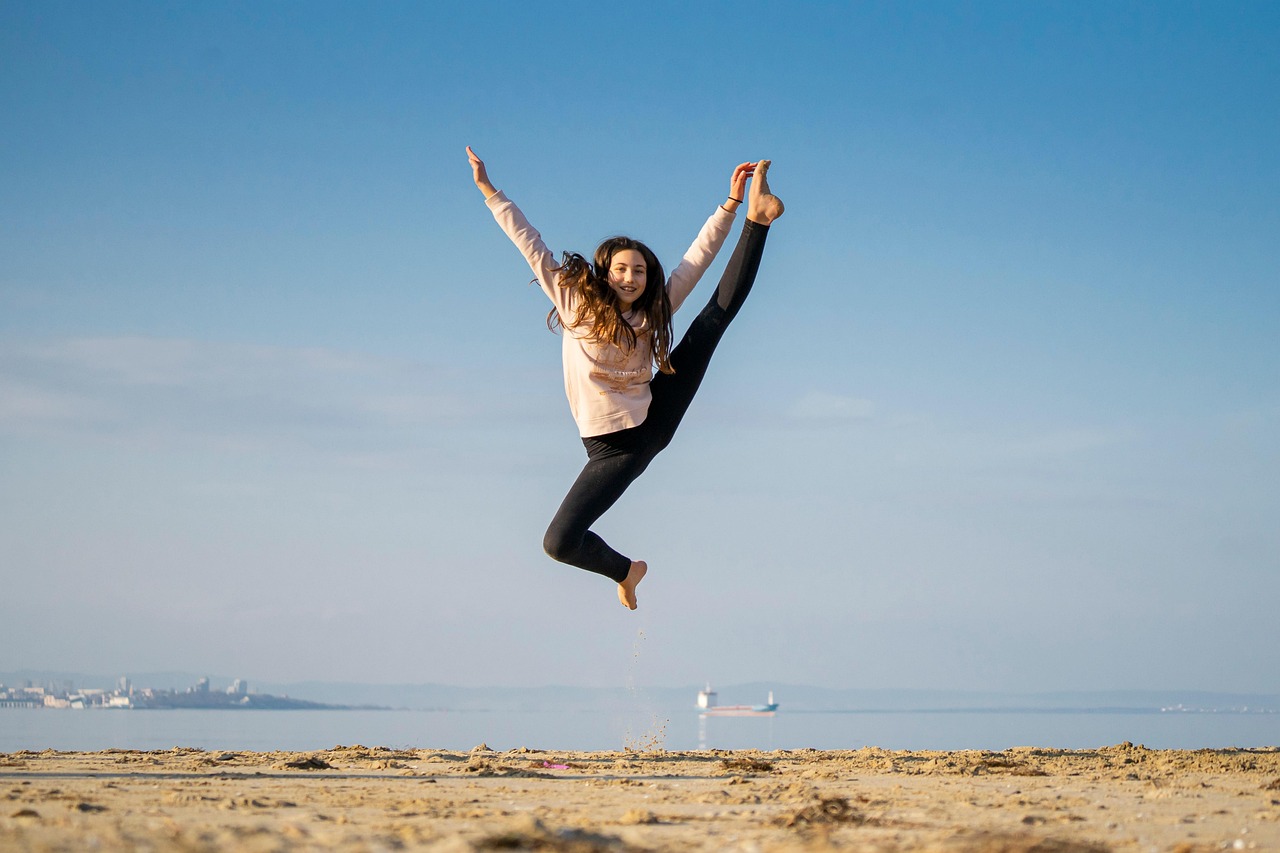Dance - Part 2
The Art of Expressive Movement

Expressive movement is a powerful form of art that allows individuals to convey emotions, stories, and ideas through physical gestures. In Part 2 of our series on expressive movement, we will delve deeper into the various techniques and styles that make this art form so captivating.
Techniques
There are several techniques used in expressive movement to communicate effectively with the audience:
- Body Language: The positioning of the body, facial expressions, and gestures play a crucial role in conveying emotions and narratives.
- Flow and Dynamics: The use of varying speeds, levels, and energy helps create a dynamic and engaging performance.
- Improvisation: Spontaneous movement allows for genuine expression and creativity in the moment.
Styles
Expressive movement encompasses a wide range of styles, each with its unique characteristics:
- Contemporary Dance: A blend of various dance styles that focuses on emotional expression and fluidity of movement.
- Physical Theatre: Combines elements of dance, mime, and acting to tell stories through movement and gestures.
- Butoh: A Japanese dance form known for its slow, controlled movements and intense emotional expression.
Benefits
Engaging in expressive movement offers a multitude of benefits for individuals:
- Emotional Release: Allows individuals to express and release pent-up emotions in a safe and creative way.
- Physical Fitness: Improves flexibility, strength, and coordination through fluid movements and dynamic sequences.
- Self-Expression: Provides a platform for individuals to express their thoughts, feelings, and experiences without words.
Whether you are a seasoned performer or someone looking to explore a new art form, expressive movement offers a unique and enriching experience that transcends language and culture.
Stay tuned for more insights and inspiration on the art of expressive movement in our upcoming articles!
